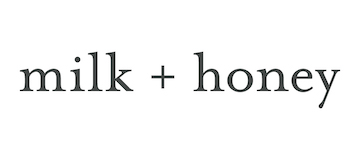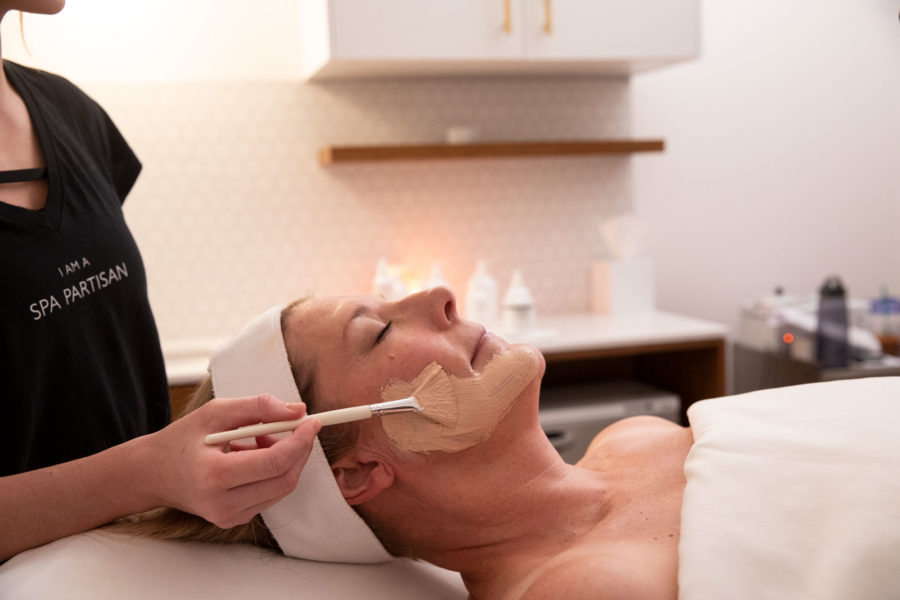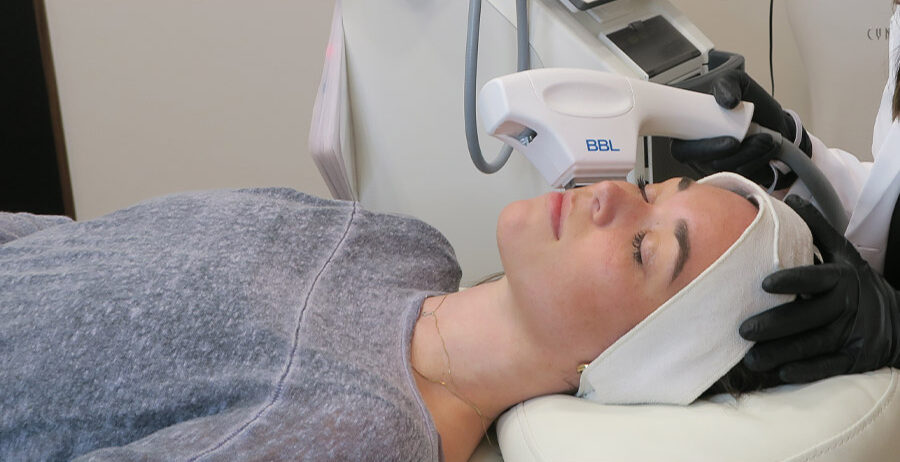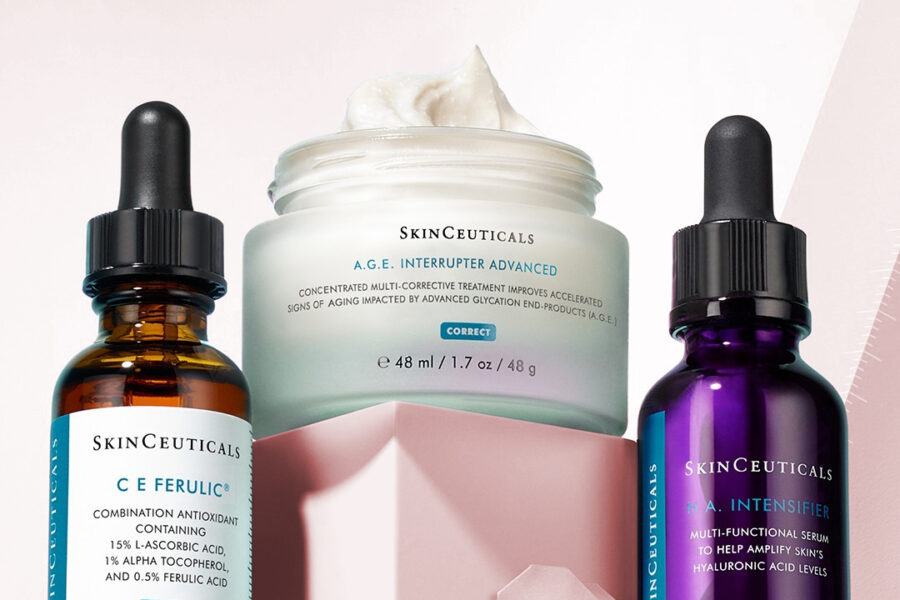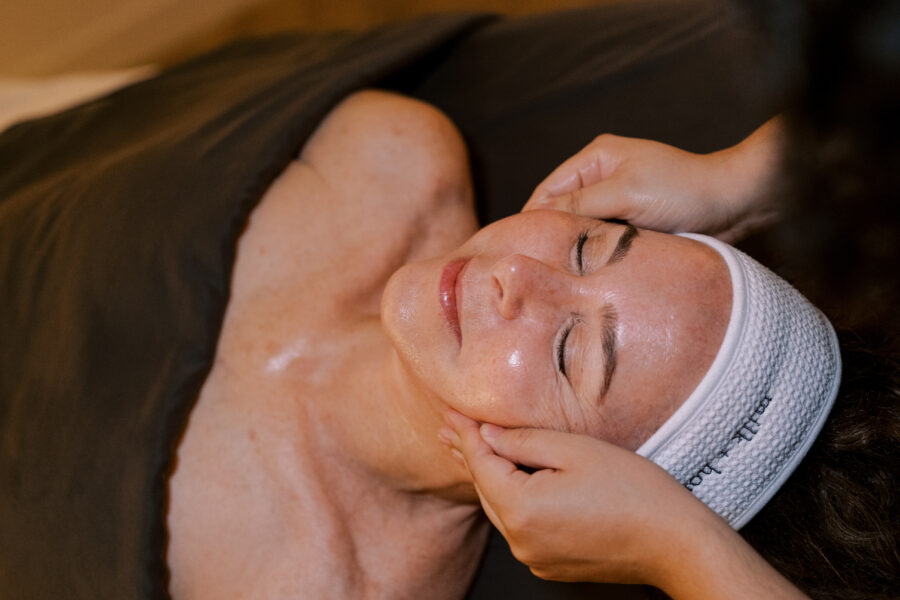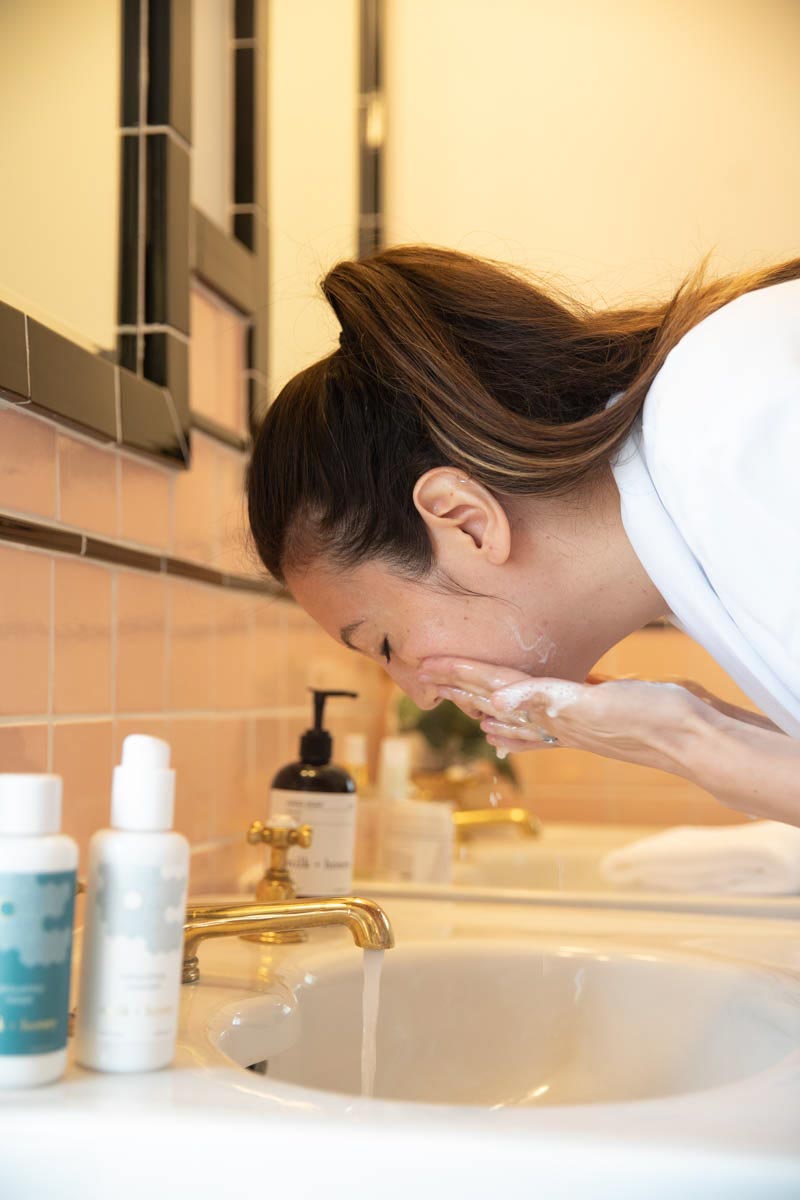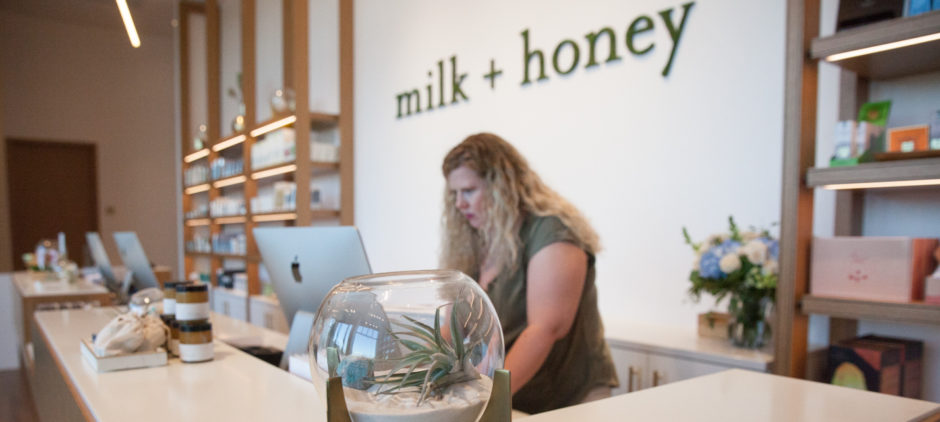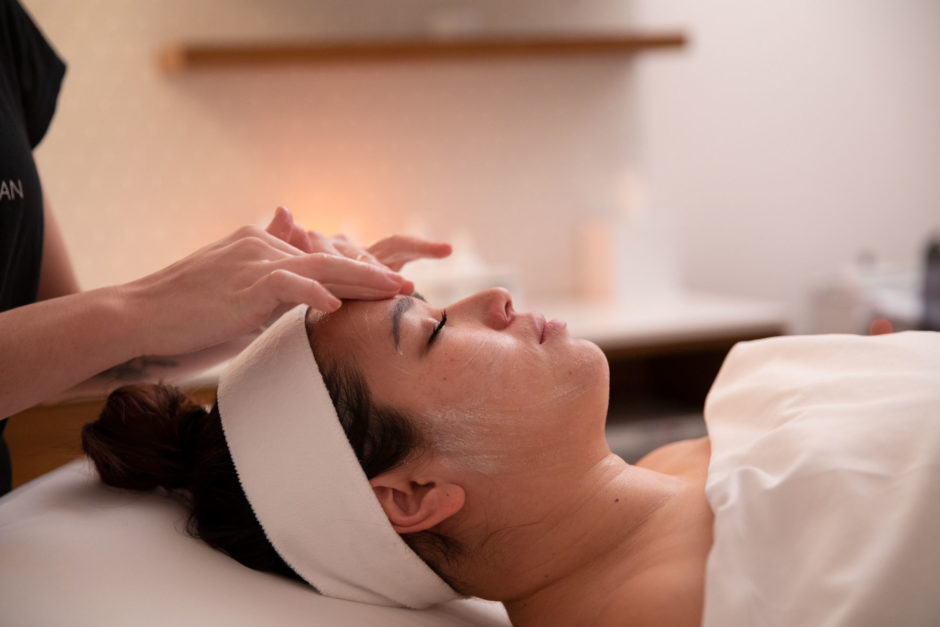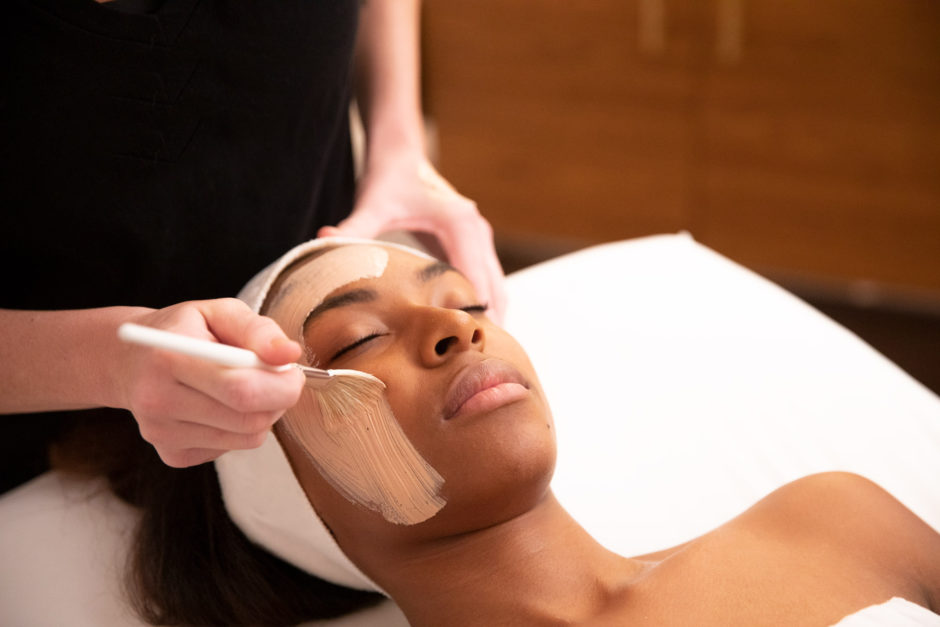It’s no secret that we’re all spinning a lot of plates. Life was moving at warp speed as it was, and then 2020 decided to throw a few curveballs into the mix. We’re all facing new demands on our lives, and balance seems more elusive than ever. In all likelihood, self-care has slipped to the bottom of many of our to-do lists.
While massage is often viewed as the ultimate act of self-care, or a treat, or a luxury, the truth is regular massages can be incredibly good for you, and there are plenty of massage benefits beyond the obvious indulgence. Most people know that massage can be relaxing, but what you may not know is that massage can have a profound effect on your overall health and wellness. If you’re feeling a little sore, a little tight, a little tense or anxious, massage therapy can help you get things back into balance. Ahead, we’ll take a look at 5 reasons why massage is good for you.
Over the years, through trial and error, you’ve probably sifted through myriad cleansers, creams, toners, and serums in an effort to find “the one.” Some products undoubtedly go on to become must-haves that you dare not go a day without, while others just didn’t make the cut for one reason or another.
A day at the spa is always a nice treat, but the benefits of going to the spa visit extend far beyond the relaxation that comes with a luxurious massage or much-needed pedicure. Take a closer look at the benefits of a few popular spa treatments. If you’re on the fence about this self-care investment, this might just change your mind about going.
I always receive the same text when a friend visits milk + honey for the first time. It’s always a little something like “What should I do?” or “Which service is your favorite?” And of course, it can be difficult to recommend just one spa service. For one, I haven’t tried all of them yet. And secondly, every single one I have experienced has been a dream. So, I decided to go to the top for advice. I sat down with milk + honey founder, Alissa Bayer to ask her for her current top three favorite services. Scroll for Alissa’s picks (in no particular order.)
Due to freezing temperatures and inclement weather in Texas, this week has been unimaginably tough, cold, and painful, but we sincerely hope that you are safe, warm, and slowly resetting in the midst of many still-present challenges.
We’ve compiled a list of how-tos and valuable resources within Austin, Houston, and Fort Worth to share and utilize as needed.
Facials are a luxurious, yet effective way to care for your skin. After an hour or so of deep, but gentle cleansing, refreshing exfoliation, and a relaxing massage, it’s tempting to want to increase the frequency of your treatments. But how often should you get a facial? Depending on your skincare needs and goals, the frequency for which you should get a facial can vary from every three to eight weeks. The answer is different for each person; what’s best for you is probably different than what’s best for your friend because both of you likely have different skin types.
If you’re considering getting facials more often but aren’t sure how long you should wait between them, learn everything you need to know to help you set up a treatment schedule.
FACTORS THAT AFFECT HOW OFTEN YOU SHOULD GET A FACIAL
Your skin regenerates every 28 days, so ideally, you’ll want to allow ample time for new skin cells to generate and make their way to the surface, at which point they’re ready to be sloughed off — a la a refreshing facial. So when it comes to facials, you want to space them out enough so that they’re effective and far enough apart so they won’t irritate or damage your skin. No matter how good it can feel when it comes to facials, you can have too much of a good thing.
The frequency of your facials really depends on how well you keep up with your at-home skincare routine and your individual skincare needs; the sweet spot for most people is about once every four to six weeks. It’s also worth noting that if you have oily and acne-prone skin, you may want to bump up your facial to every three weeks, whereas if you have sensitive skin, you might consider dialing it back closer to the eight-week mark.
When you’re trying to figure out how often you should get a facial, the answer is that it varies based on your skincare needs. In order to get the most out of your facial, it’s important to talk to your esthetician to choose the best treatment and products for your skin. Also, after a thorough assessment, your esthetician can recommend an optimal schedule for your facials and at-home skincare routine.
WHAT ARE THE BENEFITS OF A FACIAL?
Once you know how frequently you should get facials, you may be wondering if it’s worth it to schedule regular treatments. While you will see immediate results from a facial after only one visit, your skin will gradually go back to its former state over time which is why we recommend regular visits and proper after-facial care to maintain the results.
One of the biggest benefits of a facial is having an esthetician deep clean your skin. In most cases, much like our Signature Facial, your treatment will also include toning, exfoliation, extraction, and a facial massage. All of these processes work together to reveal, fresher more radiant-looking skin.
Regular facials can help with:
- Acne
- Clogged pores
- Hyperpigmentation
- Dull skin
- Puffiness
And let’s not forget that sweet little ancillary benefit of feeling completely relaxed as your skin is massaged and indulged. To reiterate, you’ll see immediate benefits following a facial, but to maintain glowing, radiant-looking skin — we recommend getting facials regularly from a licensed esthetician in combination with a customized skincare routine they recommend for your needs and goals.
DIY vs. PROFESSIONAL FACIALS
Not all facials are created equal; homemade facials can help your skin stay clean and healthy between professional treatments, but for best results, you should work with an esthetician to develop a customized plan designed to achieve your skincare goals. A professional facial is customized to your unique skincare needs, whereas a DIY facial is more likely to be general for a wider range of skin types which can reduce its effectiveness. If you want to maintain the benefits you receive from a professional facial but don’t have the time or money for regular visits, your esthetician may work with you to develop a daily routine that incorporates products such as specific masks and tools suited for your skin.
If you still aren’t sure how often you should get a facial, work with a licensed esthetician to create a customized schedule. Book an appointment with milk + honey spa and see how our experienced estheticians can help you achieve and maintain plump, radiant-looking skin.
When clients schedule a massage, perhaps the most common questions asked of our massage therapists are “what’s the difference between a Swedish Massage and a Deep Tissue Massage?” or “which one would you recommend?” To begin with, most clients know that they are looking for something to loosen tight muscles, target pressure points, and relax, but they still don’t quite know what to ask for. In the end, they tend to choose the option that seems less invasive and more comfortable. For that reason, Swedish — or, our Signature — massages are often the most requested massages. And while massage therapists can do their best to make recommendations, you might have a more successful outcome if you understand the basic differences between the two and decide for yourself what you really need.
Ahead, we’ll examine a Swedish (Signature) Massage vs. Deep Tissue Massage and walk you through the similarities and differences, so you can find the treatment that works best for you.
Swedish Massage vs. Deep Tissue Massage
While a Swedish massage and a Deep Tissue Massage have some similarities, there are some key differences and choosing one over the other depends on what you’re looking for. Generally speaking, these procedures differ in the amount of pressure applied, the area it’s applied to, and the technique.
Swedish Massage (we call it our “Signature Massage”)
A Swedish massage is gentler than a deep tissue massage, and it’s ideal for those looking for stress relief and relaxation. During a Swedish massage, your therapist will apply light to firm pressure to loosen tight muscles, stimulate your circulation, and provide relaxation. Swedish massage is beneficial for relieving tension in the neck, shoulders, and lower back. So, if your muscles are sore from hunching over your computer all day, this type of massage might be a good fit.
Moreover, Swedish massage is often used to stimulate blood flow and increase flexibility. Not to mention, most folks appreciate how the long gliding strokes of a Swedish massage just seem to ease away tension and reduce feelings of emotional and physical stress.
Swedish massage uses five basic strokes, all of which you can expect during your treatment. These include:
- Effleurage – long gliding strokes that help the therapist identify problem areas
- Petrissage – kneading of muscles to release tension
- Friction – circular rubbing that creates heat and promotes circulation
- Tapotement – fast tapping that relaxes tense muscles
- Vibration – rapid shaking of muscles using the fingertips or palms
Swedish massages are great for first-timers and perfect for those simply looking to relax and unwind. Generally, they use a lighter touch than deep tissue massage, and the pressure is customizable to your liking; just be sure to keep the lines of communication open with your therapist.
Deep Tissue Massage
As its name implies, deep tissue massages target deeper muscle structures and fascia (also known as connective tissue) to release tension deep within the tissue. As you might suspect, deep tissue massage is not quite as relaxing as a Swedish massage. Let’s just say it’s more results-oriented. Because it works by releasing muscle tension layer-by-layer, deep tissue massage is best suited for those with chronic pain or for treating sports and small muscle injuries.
During a deep tissue massage, your therapist will use their fingers, fists, and even elbows to penetrate deep into the muscle and connective tissue to release tension and deep knots. While deep tissue massage uses long strokes and kneading techniques that are similar to a Swedish massage, the therapist will apply more pressure and force to trouble spots.
It may be worth noting that while it may seem more forceful and invasive, a deep tissue massage should not hurt. If you feel pain, be sure to let your therapist know. Also, you may feel some soreness two to three days after your treatment. This is simply a result of your deep tissue and deep muscle work.
Should You Get a Swedish or Deep Tissue Massage?
While Swedish massage and deep tissue massage share a few similarities, they differ in the amount of pressure the massage therapist uses. If you’re not sure what type of massage to get, think about what you’re trying to accomplish. If you’re just looking to ease some tension and loosen tight muscles, you may want to consider a Swedish massage; if you need deeper work on your muscle for an injury or chronic condition, opt for a deep tissue massage instead. Moreover, your choice may all depend on the amount of pain and discomfort you’re willing to take. In both cases, it’s always best to speak to your therapist about your particular concerns and trouble spots so they can target those effectively.
If you’re interested in getting a Swedish or Deep Tissues massage, book an appointment at milk + honey spa. Each appointment includes a thorough consultation with our licensed massage therapists so we can tailor your visit to address specific needs. If you’d like to give a massage as a gift to someone else, you can also purchase a gift certificate that can be redeemed at any of our locations.
Spa facials can work wonders for your skin. They deep clean to remove impurities, and with a little exfoliation and a facial massage, they leave you feeling refreshed and restored. But without the proper after-facial care, the time and money you invested into this luxurious treat may be all for naught.
The immediate effect of your facial: plump, radiant-looking skin — will typically last anywhere from three to five days. No doubt that stellar results like that will always beg the question: how do you keep it going?
To help you keep your post-facial glow long after you’ve left the spa, here are three things to do and four things to avoid after a facial.
5 THINGS TO DO AFTER YOUR FACIAL
1. Hydrate
When it comes to your skin, hydration is the key to pretty much everything. On any given day, hydration helps your skin cells function effectively; it helps you flush out toxins and leaves you with glowing skin. While a good facial will leave your skin feeling deeply moisturized, you’ll want to keep it going by drinking about two liters of water daily.
2. Moisturize
If your facial includes exfoliation, remember that means the layer of dead skin cells is being removed from the surface of your skin — and along with it, the natural oils that usually protect your skin. So, in addition to hydrating your skin by drinking plenty of water after your facial, you should also use a gentle moisturizer to replenish and lock in that moisture. If you’re looking for a moisturizer to help keep your skin hydrated after a facial (and everyday in general), check out our Intense Hydration Cream, which boosts hydration and restores luminosity.
3. Be Gentle
Following deep cleansing, extractions, and exfoliation, your skin may be a bit sensitive after a facial. For that reason, it’s important to stick to gentle cleansers (and you might want to skip the toners for a few days, too). After a deep cleaning, harsh skincare products are unnecessary, not to mention, they can likely exacerbate any minor irritation. Furthermore, when washing your face in the days following a facial you should use lukewarm water and pat dry.
4. Use a Clean Pillow Case and Fresh Towels
A facial deep cleans your pores leaving them open and exposed, so make sure you’re using a clean pillowcase so dirt and oil doesn’t clog pores when you sleep. The same goes for towels, or anything else that might come in direct contact with your face for an extended period of time.
5. Follow the Esthetician’s Instructions and Advice
Depending on the type of facial you get and the unique characteristics of your skin, your esthetician will provide instructions including what to do after your facial. Additionally, the esthetician may provide recommendations including specific products to incorporate into your skincare routine, or lifestyle tips to help you achieve your skincare goals.
4 THINGS TO AVOID AFTER YOUR FACIAL
1. Picking at Your Skin
While refraining from picking at your skin is essentially skincare 101, never is this more important than in the days immediately following your facial. If you’ve ever had a facial, then you know what happens within the next two to three days. Your skin will begin to purge. As your skin expedites its recovery, it pushes everything to the surface, and the end result is a healthy mix of whiteheads, pimples, and even blackheads. While it can be a bit maddening, rest assured that it’s a good sign. The important thing to remember is that under no circumstances should you pick at your face after a facial. Doing so can lead to further irritation and even scarring.
2. Wearing Makeup
“Can you wear makeup after a facial?” This question seems to pop up repeatedly, and the answer to that is, “Ideally, no.” Immediately following a facial, it’s probably best to stay away from your makeup (at least for 24 hours). Again, remember that your pores are still open, and anything you apply to your face can irritate your skin and lead to a breakout. This is particularly true for makeup and the tools you use (including your fingers) for its application because they tend to harbor healthy doses of bacteria. Needless to say, you don’t want that setting up shop in your pores. Moreover, when you forego your makeup for a short stretch, serums and moisturizers have a little breathing room of their own to do their magic. If you absolutely have to use makeup for an important event, make sure to clean your brushes or applicators first.
3. The Gym
After a facial, your skin needs a minute to calm and repair itself. So, it may be best to skip the workout for a day or two, as sweat and other pollutants can cause or worsen irritation. Similar to the warning about wearing makeup after a facial, remember your pores are likely still open from the steam used during your treatment. You certainly wouldn’t want any sweat to make its way into those freshly cleaned pores.
4. The Sun
Freshly exfoliated skin is decidedly more vulnerable to harmful UV rays. So, after-facial care requires a conscious effort on your part to stay out of the sun. That’s not to say that you should avoid going outdoors altogether, but extended periods of time in direct sunlight is not the best move. If you are using Retinol or retinoids as part of your skincare routine, minimizing sun exposure is crucial, and at the very least, always apply SPF before leaving the house.
Make the Most of Your Next Facial
Now that you know what to do and what to avoid after a facial, you can make the most of your next trip to the spa and maintain the radiant glow following your visit.
If you’re interested in getting a facial, book a visit at milk + honey spa and choose from a wide variety of treatment options along with enhancements to customize your experience. Our licensed skincare expert will customize your facial based on your skin type and goals.
Book a facial at milk + honey spa today!
While facials can transform your skin from dull to the divine, figuring out the best type of facial for your skin is often the first step. However, facial menus can be confusing, to say the least, and with so many different types, choosing the right one can be difficult. When making this decision, the important thing to remember is that skincare is never a one-size-fits-all kind of deal. Everyone’s skin is different, and it’s always a good idea to choose the facial that’s best suited to your particular skincare concerns.
Very often, spas offer a baseline facial, much like our Signature Facial, that offers a deep cleansing, exfoliation, extraction, a facial mask, and deep moisturization. However, once you schedule your facial, it’s important to speak with your esthetician so they can tailor the service to your specific skincare needs. In the meantime, here’s a look at some common skincare concerns and the specific facials recommended for each.
Best Type of Facial for Each Skin Type
There are several different types of facials, and the type that’s right for you depends on you skin type. To help you find out which type of facial you should get, find your skin type and view general details about what’s best for your skin including the type of facial we recommend.
For Normal/Dry Skin
Dry skin is caused by a lack of water in your skin’s cells; that lack of water, in turn, stops your skin from sloughing off dead skin cells as it should. So, for those with dry skin, exfoliation is key. Facials for normal to dry skin can and should include the usual hallmarks of a relaxing facial, including a deep cleansing, exfoliation, a hydration mask, and intense moisturization. For those with normal skin, the good news is that there are very few limitations on the types of products that can be used.
Our suggestion: Signature Facial, Lux Facial, Signature HydraFacial
For Combination Skin
Since combination skin has areas of oily and dry skin, opt for a facial that addresses both concerns without exacerbating either. While exfoliation and extraction remain important, the biggest difference could lie in moisturization. To that end, you should talk to your esthetician about using an oil-free moisturizer and a mask that addresses both concerns.
Our Suggestion: Signature Facial, Lux Facial, Signature HydraFacial
For Oily Skin
Oily skin attracts dirt and debris (think dead skin cells, makeup, environmental pollutants, etc.). So facials for oily skin should focus on deep cleansing, exfoliation (preferably a chemical exfoliant such as glycolic acid or salicylic acid), extraction, and toning. Masks used in facials for oily skin should remove excess oil and shrink pores.
Our Suggestion: Signature Facial, Lux Facial, Ultimate Facial, Signature HydraFacial
For Sensitive Skin
While all skin needs exfoliation to remove dead skin cells and boost the effect of serums and moisturizers, those with sensitive skin should steer clear of harsh exfoliants during their facial, which can further irritate the skin. Consult with your esthetician about the best ways to gently exfoliate and what products to use that won’t irritate your skin.
Our Suggestion: Signature Facial, Signature HydraFacial
Book a Facial or Talk With an Esthetician to Find the Option That’s Right for You
Hopefully, this guide has helped clear things up for you. If you know which type of facial you’d like to get, you can book an appointment at milk + honey spa or you can talk with our experts to help determine which treatment is best for you.
During your visit, you’ll get a consultation with a licensed esthetician to help tailor your treatment to achieve your skincare goals. After getting the facial, the esthetician will also provide product recommendations and tips to incorporate into your skincare routine. Book an appointment today at any of our locations, or purchase a gift certificate for someone else!
